| Your browser is not supported. | ||
|
Please browse our site using any of the following options:
| ||
4WD Tyre Pressures for Every Terrain
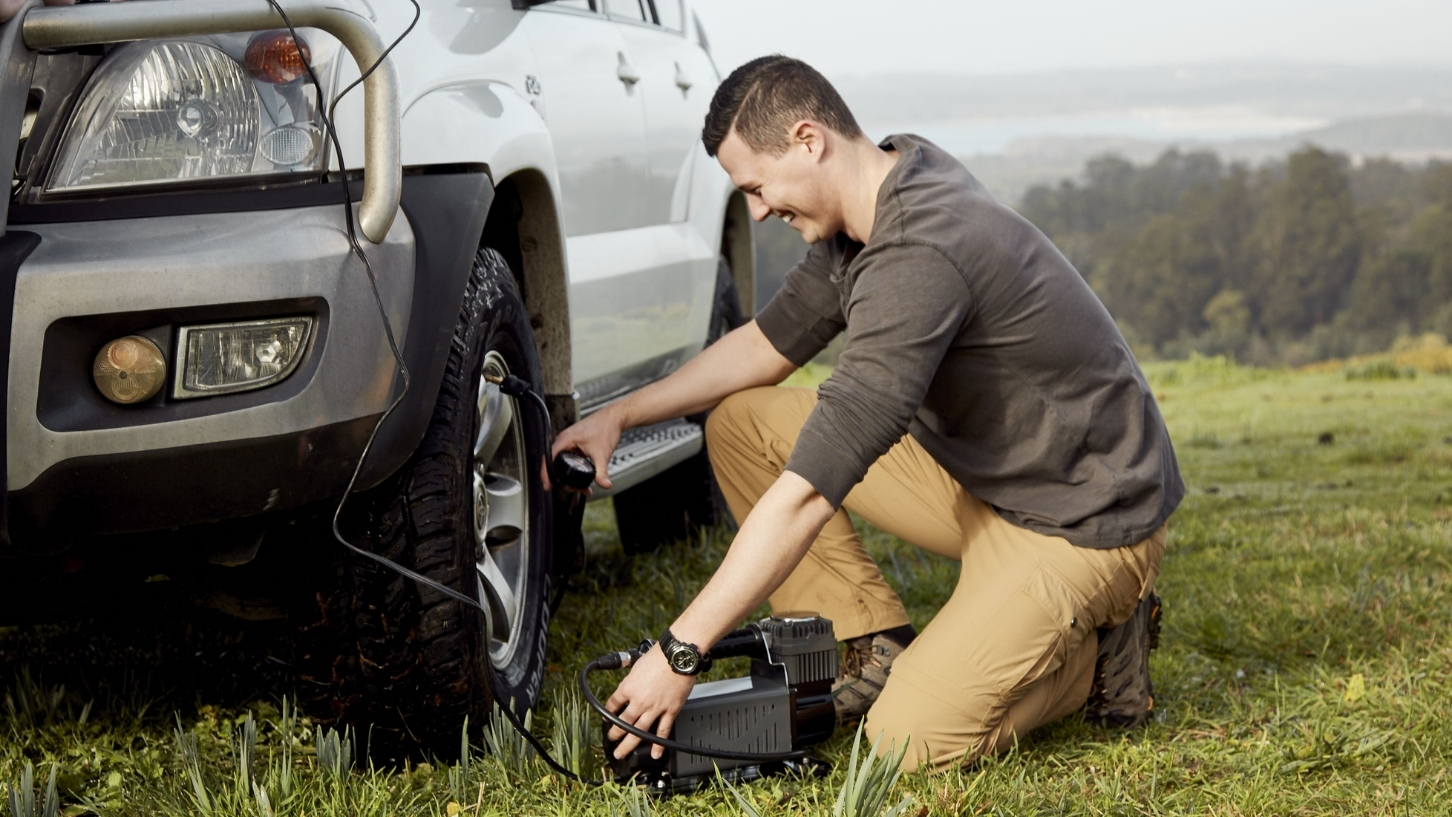
On passenger vehicles, utes, vans and trucks designed specifically for on-road use, tyre pressure maintenance is pretty straightforward, and checking your tyres are inflated to the manufacturer specifications is a key part of any regular safety and servicing regime. While the same applies to 4WDs when being driven on sealed bitumen roads, varying your tyre pressure for different types of off-road use is an essential safety component, not to mention maximising fuel economy and preventing avoidable wear & tear on your vehicle.
To help you enjoy your off-roading adventures - or arrive safely at that off-the-beaten-track camping spot that makes the extra effort for getting away from it all so worthwhile - the following guide is designed to help you set the best tyre pressure for your 4WD in a range of different terrains.
As well as a range of essential safety items - like recovery boards, jerry cans and communication devices - a portable air compressor and tyre pressure gauge are must-have items for your 4WD pack when first getting into off-roading. While in the majority of instances, safely navigating numerous track conditions means reducing tyre pressures, being able to inflate your tyres is just as important.
Why vary tyre pressure?
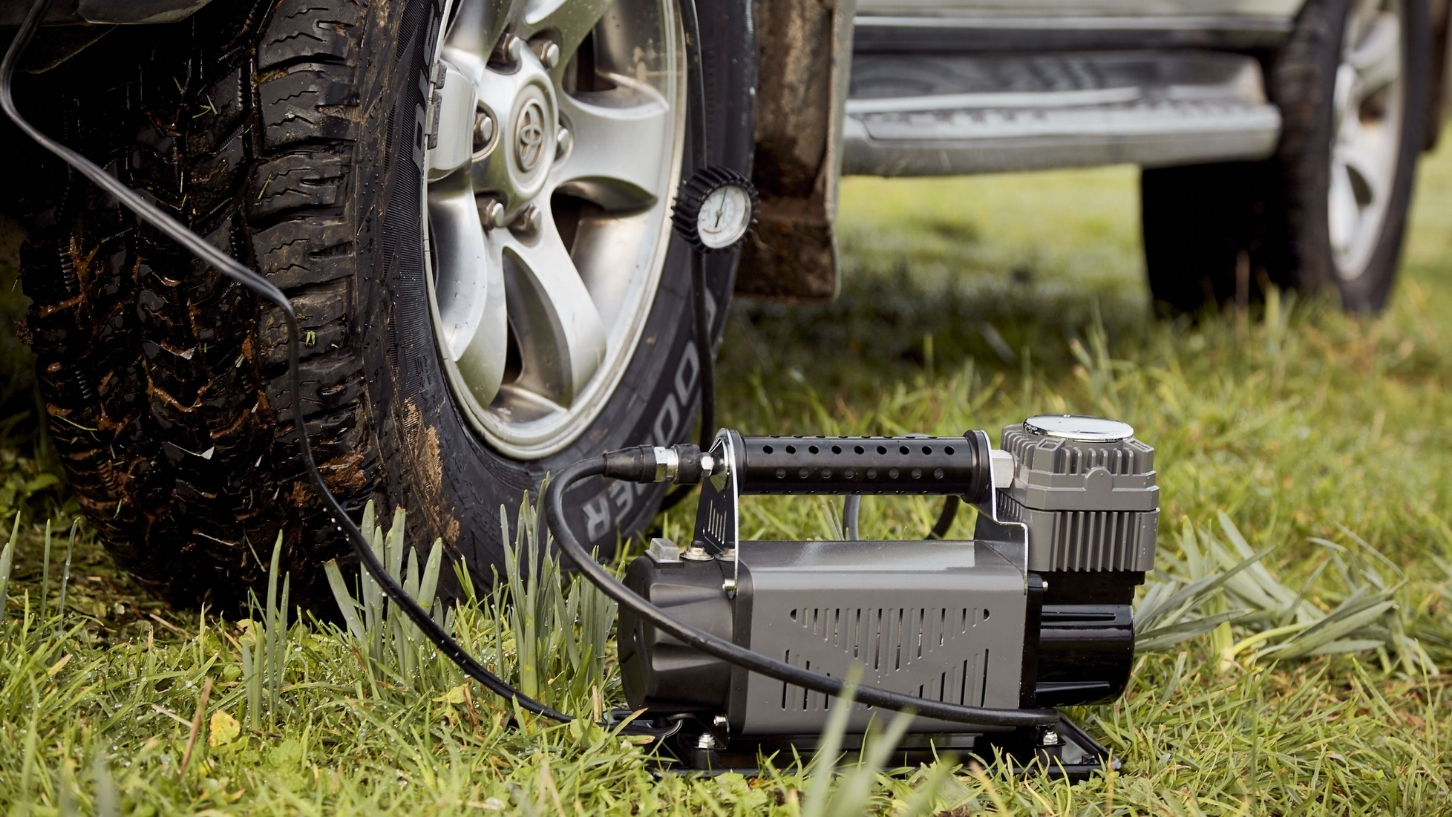
A 12v compressor and tyre gauge are essential pieces of 4WD gear.
As a rule of thumb, lower tyre pressure gives your 4WD better traction by distributing the weight of your vehicle across a greater surface area, and increasing the contact between the tyres and the ground. Different types of terrain require different tyre pressure so you can safely negotiate rocks, sandy dunes and beach trails or slippery hill climbs.
However, unlike manufacturer's specs, there's no one-size-fits-all tyre pressure number for conditions like dirt or gravel roads, snow, sand, and mud and rocks. The type of tyres that come with your 4WD - Heavy-Duty (or Light Truck) (L/T), All-Terrain (AT) and Mud Terrain (M/T) tyre carcasses - vary in strength, which means the best tyre pressure fluctuates between compounds.
Other important factors such as your vehicle's weight, how much heat your tyres will generate at a lower pressure and the reduced speed you need to travel at to compensate for this, all influence how well your 4WD will handle the terrain and minimise its fuel consumption.
Due to these many variations, we're talking about tyre pressure as a guide here, and not dictating hard-and-fast numbers. As you become more familiar with how your vehicle handles different road conditions, you'll know the best pound-per-square-inch (psi) pressures for the conditions you and your 4WD face.
Gravel
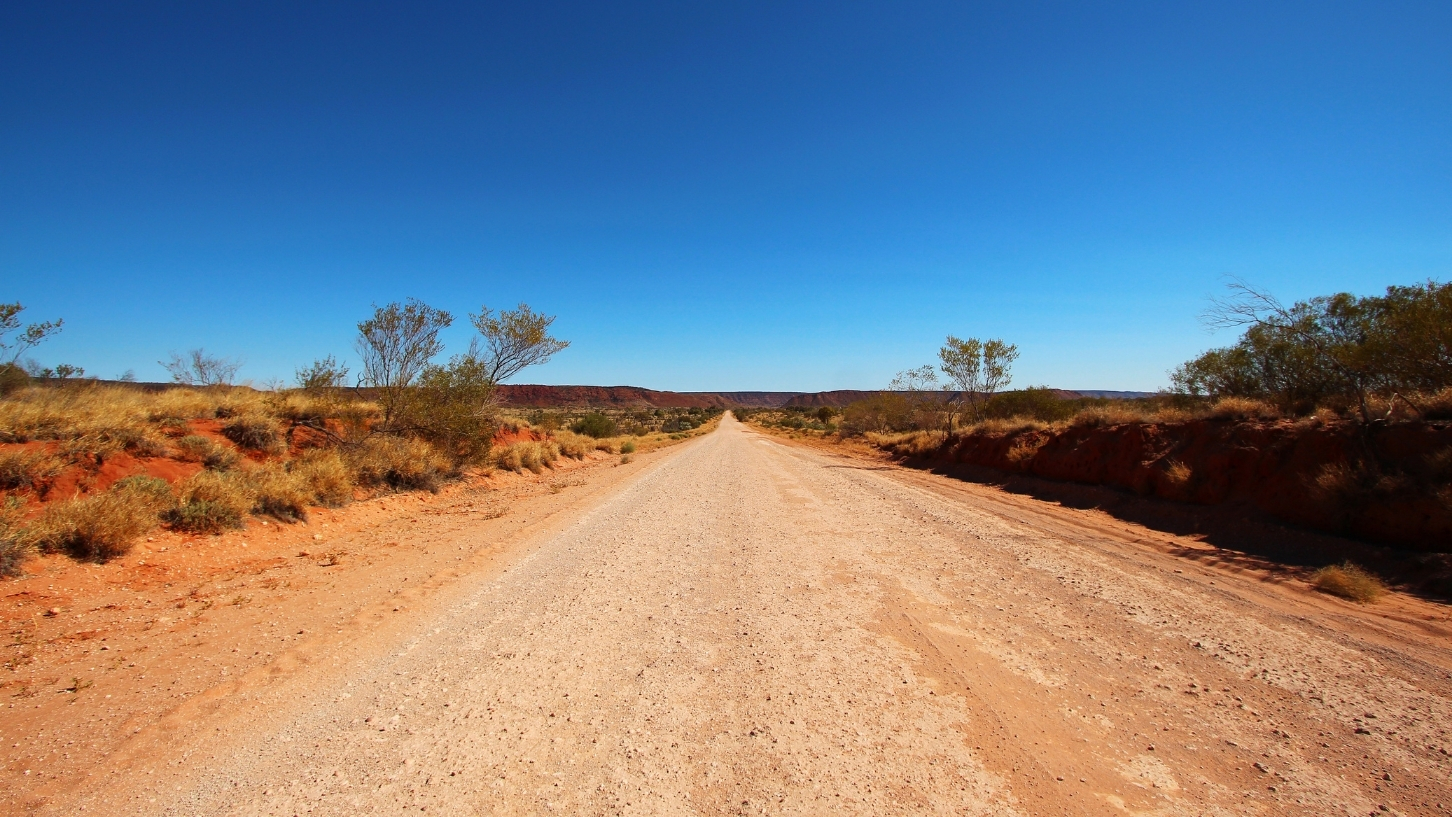
Some of Australia’s most beautiful destinations are at the end of gravel roads.
Most drivers are experienced with gravel roads, having travelled on them at one time or another. When you're on a relatively smooth or well-graded gravel road -similar to what you're likely to find in roadworks - you shouldn't need to lower your tyre pressure. However, rougher, corrugated or more uneven gravel roads will require some pressure adjustments.
In both of these examples, the two indicators of whether you need to adjust your tyre pressure or not is the weight in your vehicle and your speed. The higher the speed, the more heat will be generated, so you don't want to go too low.
If you can maintain the same speed on gravel as asphalt surfaces, you're likely to be okay. If you need to slow down to maintain control of your vehicle, you might need to take the pressures down. On gravel - all things being equal - you're usually looking at around a 4 to 6 psi drop from your normal road tyre pressures. Take a few psi out and see how the ride feels behind the wheel to understand what's best for your 4WD in these conditions.
Rocks
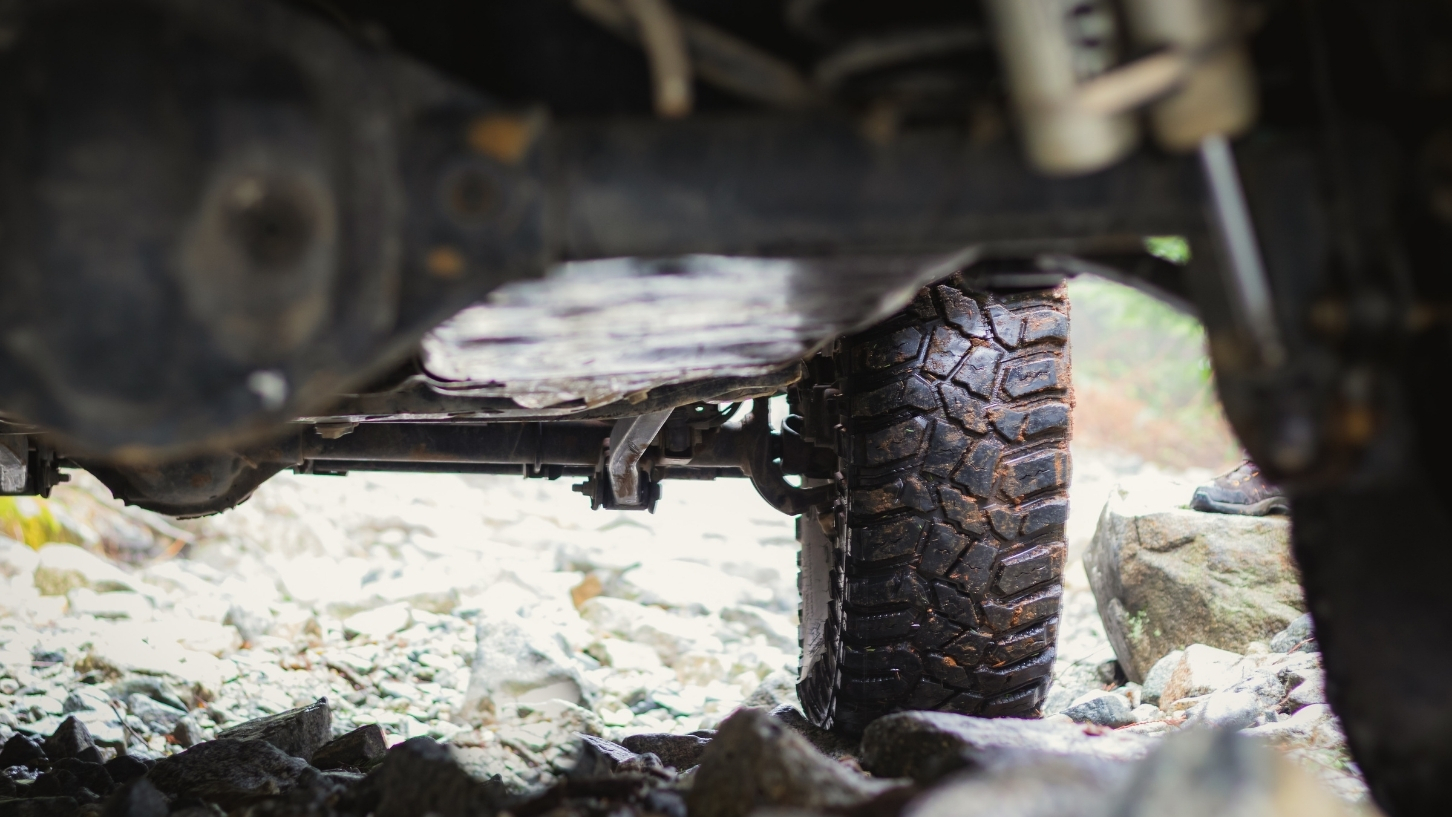
Airing down before hitting a rocky track gives your tyres more flex and allows them to conform to the sharp edges of the terrain.
Negotiating rocky terrain requires patience at the best of times. But, when it comes to 4WD tyre pressure and rocky terrain, it's even more important to take your time and concentrate on your driving.
Of course, lower pressures allow your tyres to cover the uneven ground better and increase traction levels but having your tyre pressure too low can lead to rim damage, tyres slipping on the rims or - given the heat generated at lower pressures - the tyre coming off the rim altogether.
Again, with factors such as weight, tyre compound and speed all being equal, a safe tyre pressure in rocky terrain is likely to be in the 28 to 22 psi range.
Mud
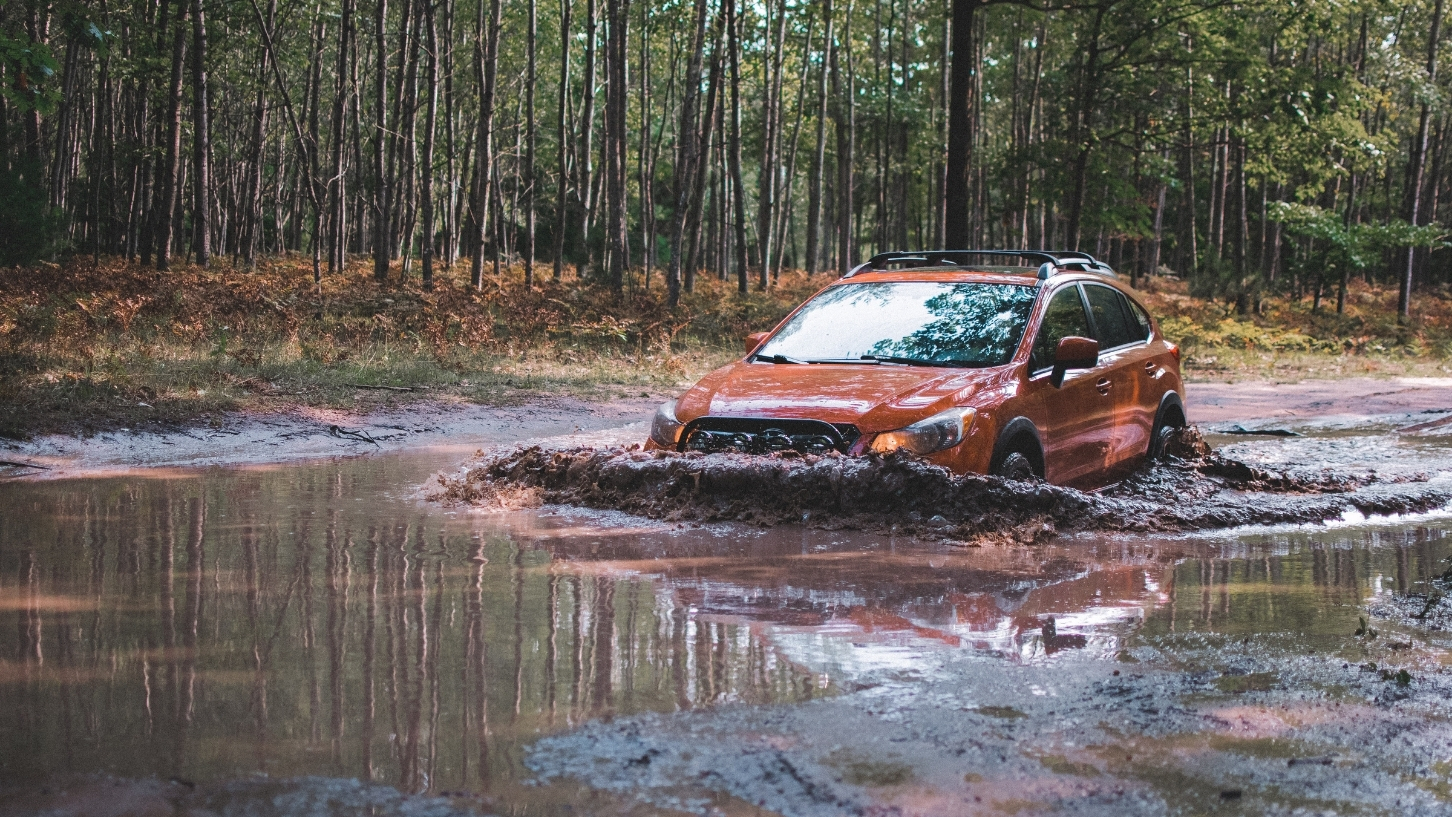
There’s nothing worse than getting stuck in the middle of a bog hole!
Take a page out of many a truck driver's book: not everything is as it seems when it comes to muddy roads and tracks. With the naked eye, a muddy track might look quite firm but looks can be - and often are - deceiving.
Take a brief walk of the track. If it's slippery on top but relatively firm underneath then you shouldn't need to decrease your tyre pressure because your tyres will be able to grip sufficiently to the firmer stuff underneath. When there's 'give' in the track (i.e. it's just as slippery and sloshy underneath as it is on top,) dropping the tyre pressure will get you through safely. Another easy way to check mud conditions is to use a stick and poke it into the muddiest section of track to see how deep the mud is.
The more give in the mud, the lower your tyre pressure will need to be to ensure contact with firm ground. If this is the case, you could be dropping your tyre pressure to around the 24 to 22 psi range.
As well as managing your tyre pressure in muddy conditions to avoid getting bogged, always pack recovery tracks in your 4WD for getting out of sticky situations.
Sand
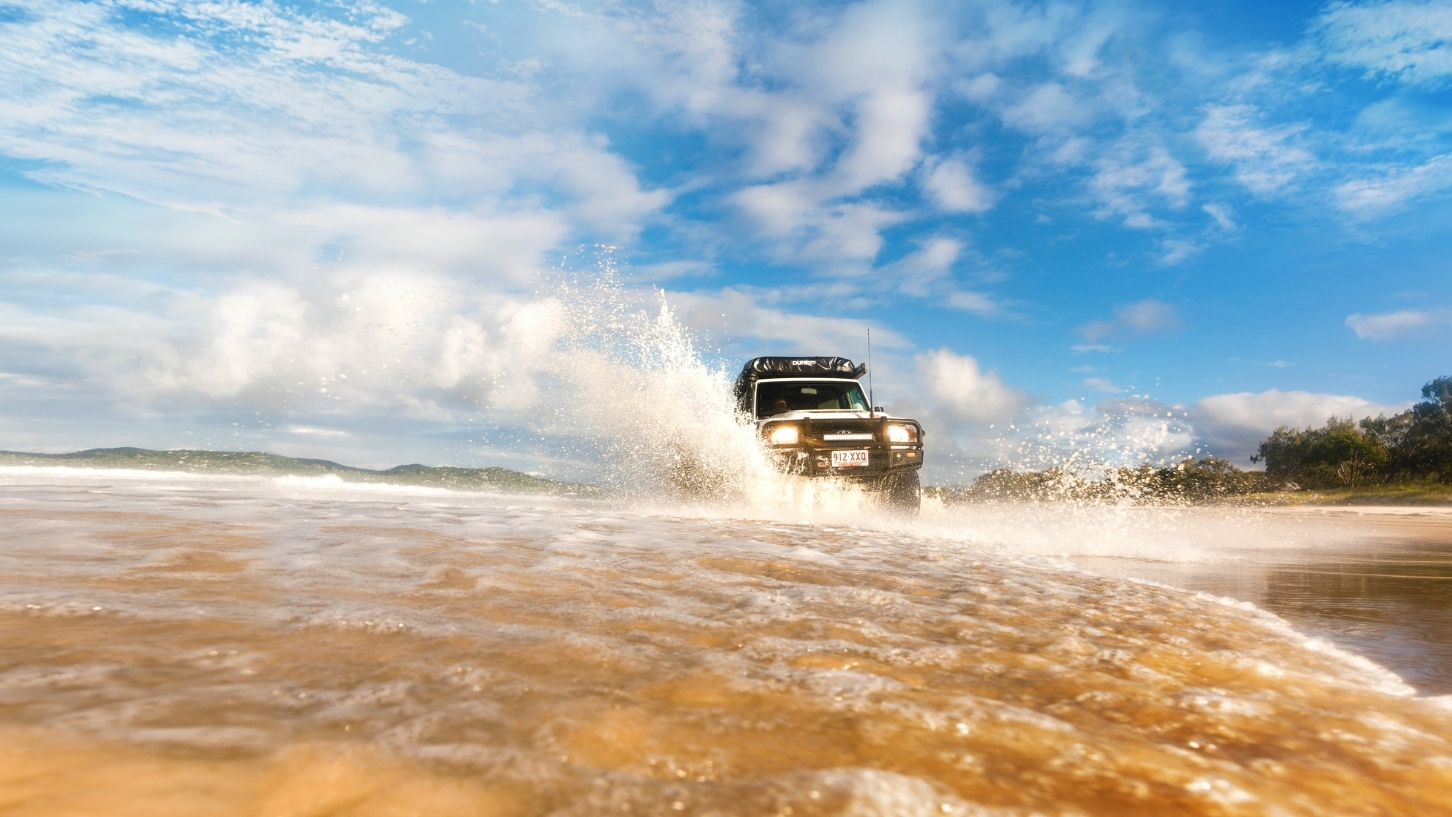
Before setting foot on the sand, make sure your tyre pressures are adjusted accordingly.
One of the most popular activities for 4WD and off-roading enthusiasts is getting in some sand-driving action. There are also incredible beach camping and fishing locations across the length and breadth of the Australian coastline that can only be accessed by 4WD. Knowing how to manage tyre pressure to safely navigate sandy tracks and dunes is definitely something every 4WD owner should know a bit about.
The trick with driving on sand is to lower your tyre pressure enough so your vehicle rides over the sand, rather than sink into it. Dropping your tyre pressure in sand also reduces the strain on your vehicle's engine.
Coarseness of the sand, whether it's wet or dry and the heat of the day all affect what psi pressure you need for your tyres. Damp sand is firmer than dry sand, so the pressure drop won't be as low as compared to dry, coarse sand. It's not unusual to find dropping your tyre pressure to around the 20 to 15 psi mark in really dry, sandy conditions to give you greater traction, fuel economy and handling.
Snow
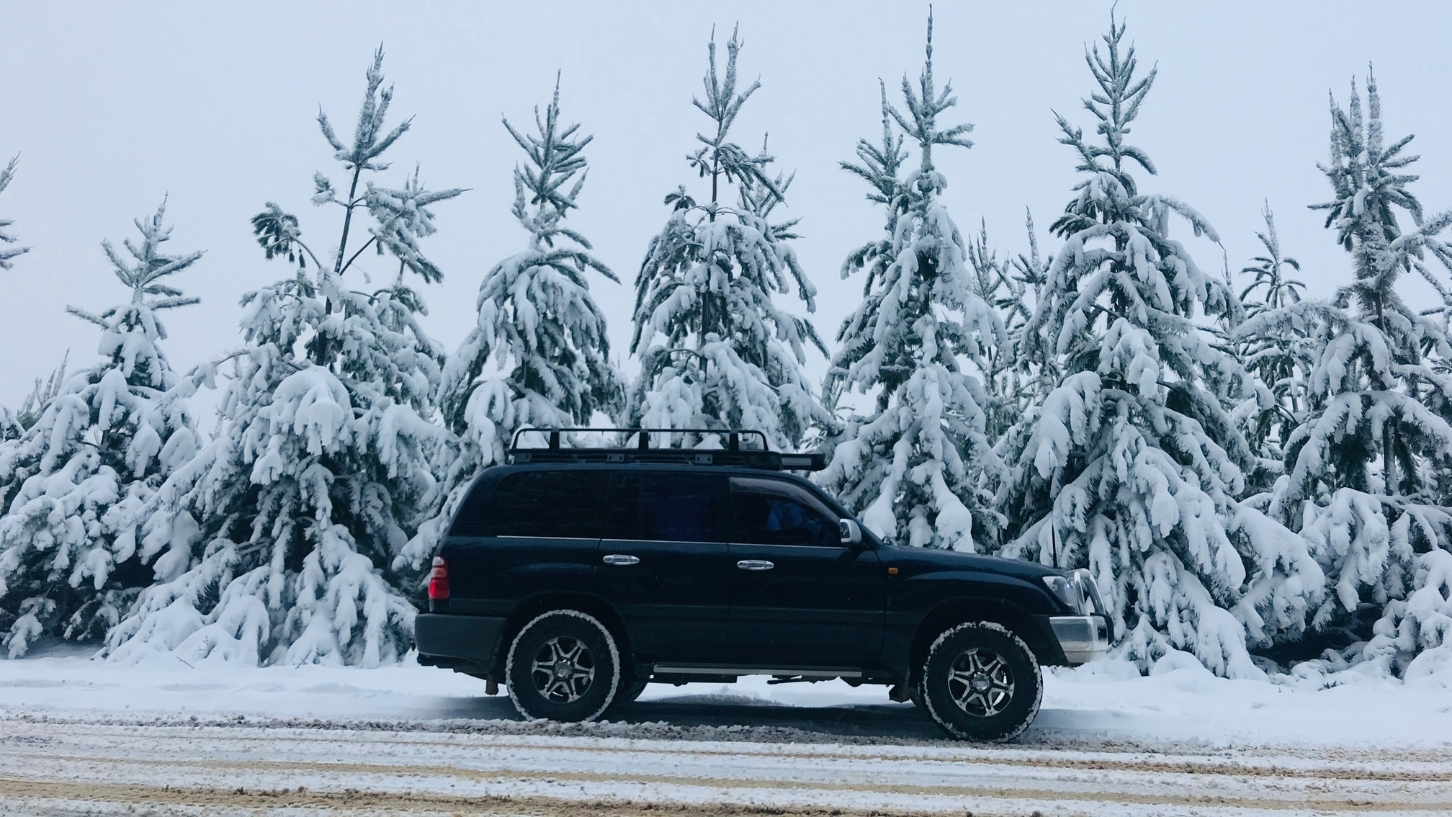
Correct tyre pressures are vital for low traction situations
Finding the most effective tyre pressure for driving in snow is similar to getting your tyre pressure right for sandy terrain. Riding on, as opposed to through, snow dictates the psi pressure required for your 4WD tyres.
For every five degrees the outside temperature drops, your tyres are likely to lose about 1 to 2 psi, so checking their pressure should be a regular part of your snow driving safety check. In slippery and slushy conditions, you could discover you need to reduce your tyre pressures to as low as 15 psi to get the kind of grip needed to safely control your 4WD vehicle.
If you're using tracks and trails in snow-prone areas, mud terrain or all terrain tyres should be fitted to your 4WD. In some parts of Australia, you're not legally required to carry snow chains but it still makes a lot of sense to pack them, just in case.
In conclusion
Going off-road or getting to your favourite camping spot via a 4WD track is some serious fun. Managing your tyre pressure when off-roading is an essential element of 4WD safety and making sure you return home from your destination with your vehicle - and fellow campers - in one piece.
Reducing tyre pressure to suit road conditions gives you the right amount of traction, acceleration and braking power. It also protects against punctures, reduces the stress on your 4WD, and improves both fuel economy and the life of your tyres.